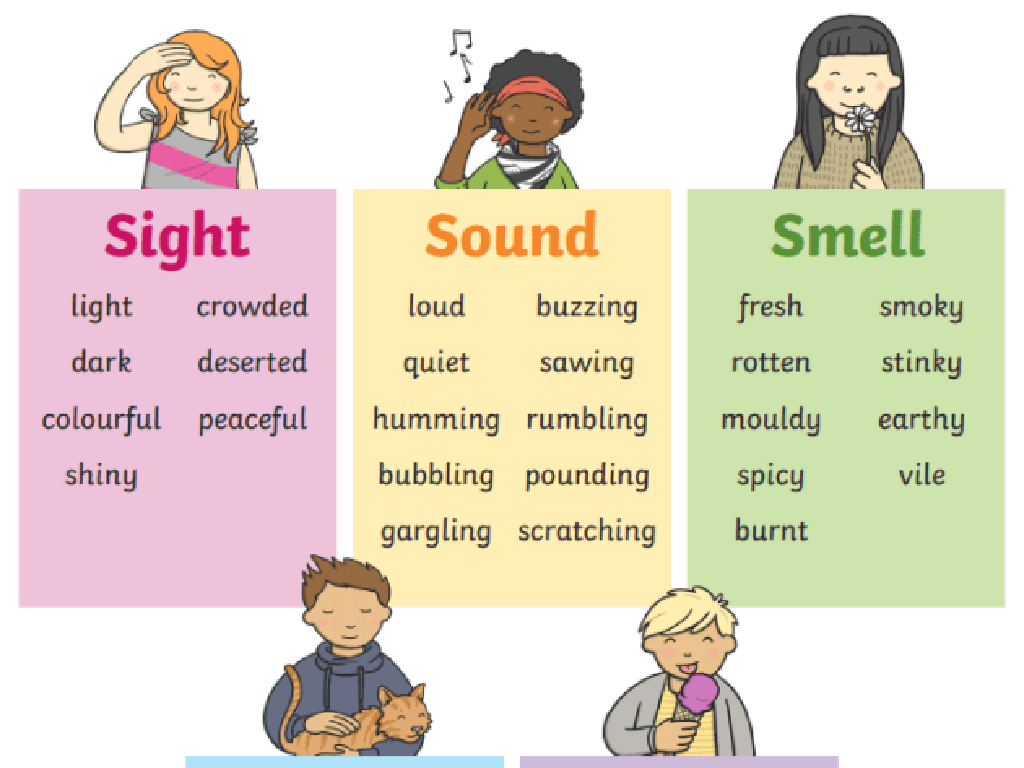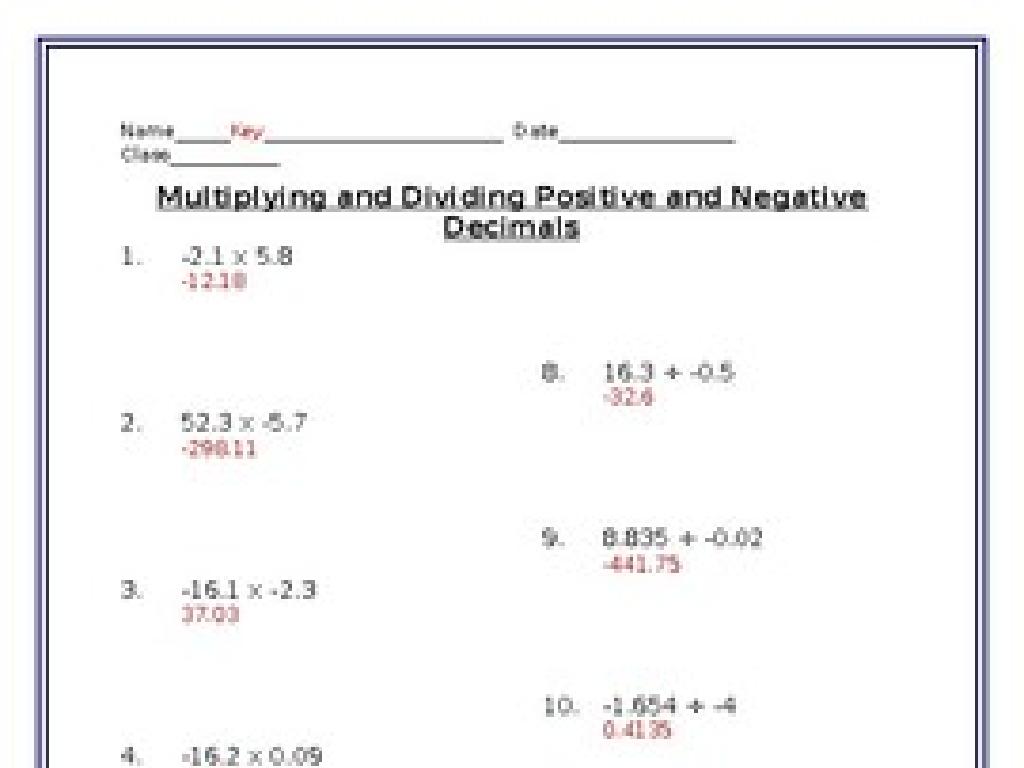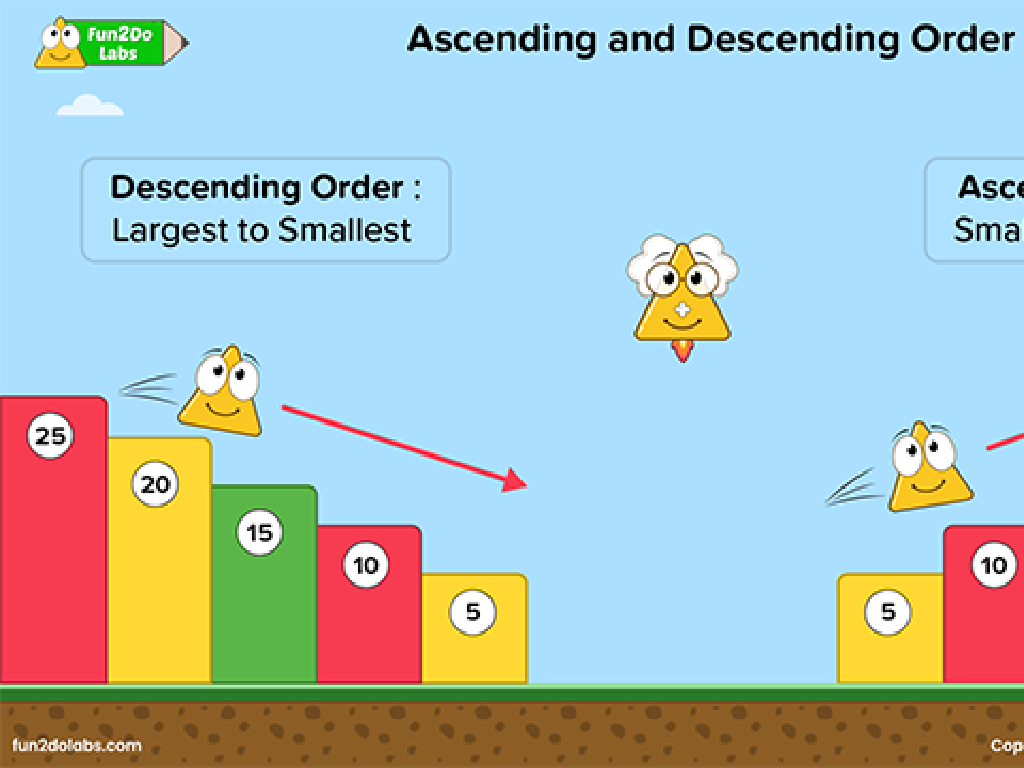Commas With Compound And Complex Sentences
Subject: Language arts
Grade: Fifth grade
Topic: Commas
Please LOG IN to download the presentation. Access is available to registered users only.
View More Content
Commas with Compound and Complex Sentences
– Explore the role of commas
– Commas connect ideas smoothly
– For example, in the sentence ‘I finished my homework, so I went outside.’
– Commas clarify complex thoughts
– In ‘Although it was raining, I walked to school,’ the comma helps readers understand the sentence structure.
– Practice using commas correctly
|
Today’s lesson focuses on the importance of commas in writing, particularly in compound and complex sentences. Commas are like traffic signals for readers; they tell readers when to pause and help to organize thoughts and ideas in writing. In compound sentences, commas are used before conjunctions to connect two independent clauses. Complex sentences use commas to separate an independent clause from a dependent clause. Encourage students to look for examples of compound and complex sentences in their favorite books or in the sentences they write. Provide practice exercises where students can add commas to sentences and explain why they belong there. This will help them understand how commas affect the meaning and clarity of their writing.
Understanding Commas in Sentences
– What is a comma?
A comma is a pause in a sentence, like taking a breath.
– Commas affect sentence meaning
With or without a comma can change what a sentence means.
– Exploring examples together
We’ll see how commas change sentences with fun examples.
– Practice using commas correctly
|
This slide introduces the concept of commas to fifth-grade students. Begin by explaining that a comma represents a short pause in a sentence, similar to taking a breath when speaking. Highlight the importance of commas by showing how they can alter the meaning of a sentence, making clarity in writing crucial. Use clear, age-appropriate examples to illustrate this point. For instance, ‘Let’s eat, Grandma!’ versus ‘Let’s eat Grandma!’ which shows a significant change in meaning with just a comma. Encourage students to think of commas as traffic signals in writing that tell the reader to slow down, providing structure and clarity to sentences. Conclude with an interactive activity where students practice inserting commas into sentences to see how they affect the meaning.
Commas in Compound Sentences
– Two independent clauses
– Comma before conjunction
– Like a pause when speaking
– Conjunctions: and, but, or, so, yet
– Example: Using comma with ‘but’
– ‘I wanted to play outside, but it was raining.’
|
This slide introduces the use of commas in compound sentences for fifth graders. A compound sentence is made up of two independent clauses that could stand alone as sentences. We use a comma to separate these clauses before the conjunctions like ‘and’, ‘but’, ‘or’, ‘so’, and ‘yet’. The comma acts like a pause that we would naturally take when speaking. For example, in the sentence ‘I wanted to play outside, but it was raining,’ the comma before ‘but’ separates the two thoughts and clarifies that the second clause is a reason or a contrast to the first. Encourage students to think of their own examples of compound sentences and practice placing commas correctly.
Complex Sentences and Commas
– Complex sentences structure
– An independent clause and at least one dependent clause
– Dependent clause first, use comma
– If the sentence begins with a dependent clause, add a comma before the independent clause
– Example: Starting with ‘Although’
– ‘Although it was raining, I went for a walk.’ The comma comes after ‘raining’
– Practice writing complex sentences
|
This slide introduces complex sentences, focusing on the use of commas when a dependent clause precedes an independent clause. A complex sentence is made up of one independent clause that can stand alone and one or more dependent clauses that cannot. When the dependent clause comes first, it’s followed by a comma to separate it from the independent clause. Use the example provided to illustrate this point, and then encourage students to create their own complex sentences following this pattern. This exercise will help them understand the structure and punctuation of complex sentences, which is a key component of writing fluently in English.
Let’s Practice Commas!
– Identify sentence type
– Is it compound (two independent clauses) or complex (one independent, one dependent clause)?
– Decide comma placement
– Find the conjunction and place the comma before it in compound sentences.
– Create your own sentences
– Use what you’ve learned to write sentences with commas correctly.
– Share with the class
|
This slide is for a class activity focused on practicing the use of commas in compound and complex sentences. Students will first identify whether a given sentence is compound or complex. For compound sentences, they should look for two independent clauses joined by a conjunction (and, but, or, so, yet, for, nor) and place a comma before the conjunction. For complex sentences, they should identify the dependent clause and decide if a comma is needed based on its position in the sentence. After practicing with examples, students will create their own sentences to demonstrate their understanding. Encourage creativity and sharing among the class to foster a collaborative learning environment. Possible activities include peer review of sentences, creating a story as a class using compound and complex sentences, or a game where students correct sentences without commas.
Common Mistakes: Commas in Sentences
– Avoid comma splices in sentences
– Don’t join two full sentences with just a comma, use a conjunction like ‘and’ or ‘but’.
– Don’t overuse commas
– Too many commas can make a sentence hard to read. Use them sparingly!
– Remember the comma rules
– Rules like ‘use a comma before a conjunction in a compound sentence’ help us write clearly.
|
This slide addresses common errors students make when using commas in compound and complex sentences. Emphasize the importance of not using a comma splice, which occurs when two independent clauses are incorrectly joined by a comma without a conjunction. Teach students to use conjunctions such as ‘and’, ‘but’, ‘or’, ‘so’, and ‘yet’ to fix comma splices. Also, discuss the tendency to overuse commas, which can lead to confusing sentences. Remind students of the basic comma rules they’ve learned and how these rules aid in clear communication. Provide examples of correct and incorrect comma usage, and encourage students to practice identifying and correcting these common mistakes.
Class Activity: Comma Hunt
– Find sentences in a favorite book
– Spot the commas used
– Explain commas’ necessity
– Are they linking clauses, or listing items?
– Share findings with the class
|
This activity is designed to help students recognize the use of commas in compound and complex sentences within the context of literature they enjoy. Encourage students to bring their favorite books and work in pairs or small groups to identify sentences that contain commas. They should look for commas that link independent clauses in compound sentences or separate clauses in complex sentences. Students will then discuss why the commas are necessary, focusing on clarity and meaning. For example, commas can prevent misreading or join ideas together. After the hunt, each group will share interesting sentences they found and explain the purpose of the commas. This will reinforce their understanding of comma usage in a fun and interactive way.
Wrapping Up: Commas in Sentences
– Recap comma rules for sentences
– Homework: Craft sentences with commas
– Use what you’ve learned to create sentences
– Write 5 compound sentences
– Remember to add a comma before the conjunction
– Write 5 complex sentences
– Include a comma to separate the clauses
|
As we conclude today’s lesson, remind students of the key rules for using commas in compound and complex sentences. For homework, they should apply these rules by writing 5 compound sentences, each with a comma before the coordinating conjunction (for, and, nor, but, or, yet, so), and 5 complex sentences, where they use commas to separate an independent clause from a dependent clause when the dependent clause comes first. This exercise will reinforce their understanding and prepare them for the upcoming quiz on comma usage. Encourage them to be creative with their sentences and to review their notes if they need help.






